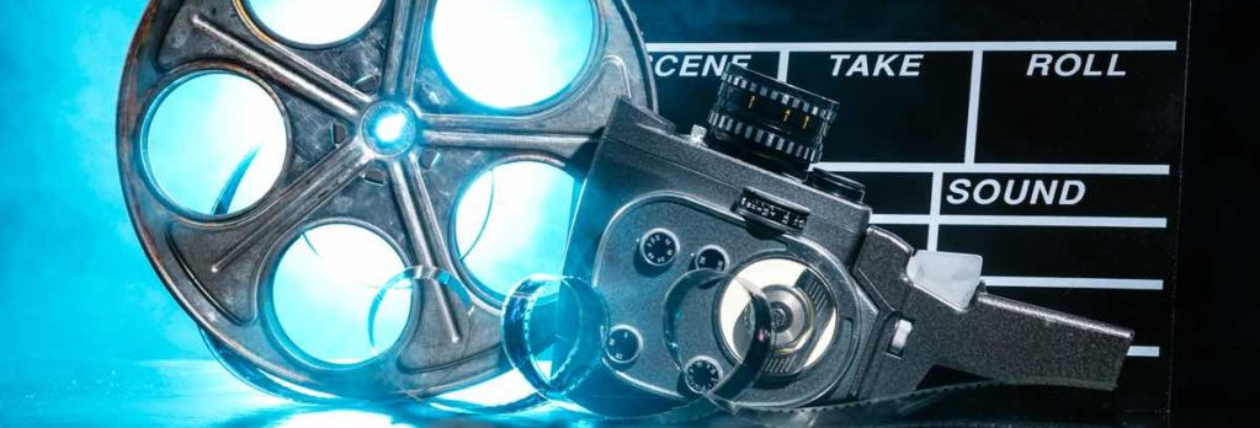All posts by Harry Berry
Filters
Mulholland drive technical elements
Cinematography:
Mise en scene:
Sound: Within the film, sound is used to give an earie and unsettling feeling to the audience. An example of this being the ending credits where there is no sound except a low tone hum. This occurs right after the ending in which Diane is attacked being the most surreal part of the film therefore the sound adds towards the suspense giving a sense of mystery.

Editing: editing in Mulholland drive is used to build and relieve tension within scenes. An example being when the two detective check the back of the diner before being jumped at by a monster. In this scene its edited in a way in which scene rarely cut to another shot leaving a sense of tension as the audience is left unsure when something is going to happen.
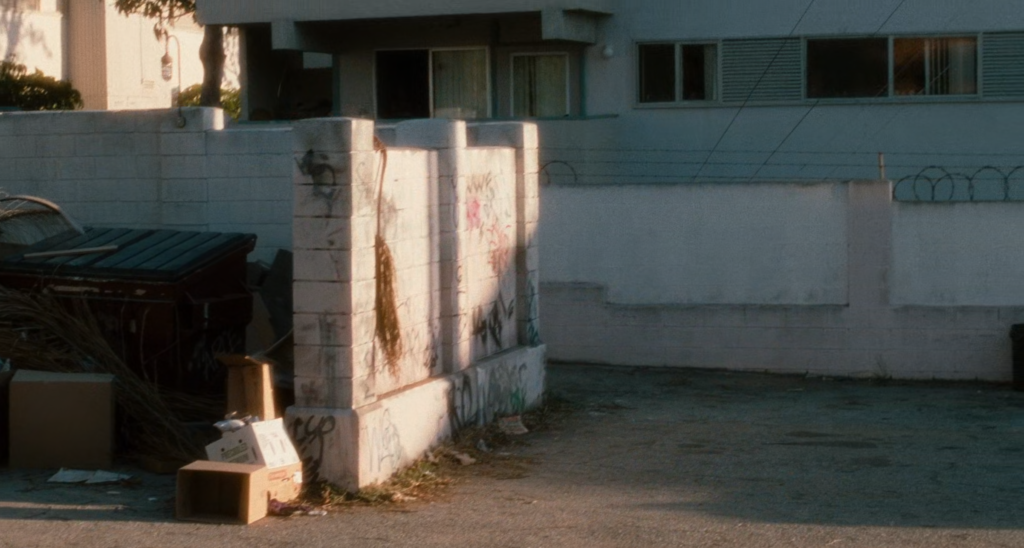
Mulholland drive narrative
Mullholland rive makes use of a non linear narrative switching between the real world and Diane’s dreams/subconscious seamlessly making the audience second guess what they are seeing on screen at that point in time. The film also makes use of an unreliable narrator as she appears innocent toward the beginning of the film before discovering her past later on making the audience unsure of what they had seen up to the point and if its true.

Lynch as an auteur
uncanniness: shown through the deformed man who gives an off-putting vibe to the scene. This matched with the low lighting creates an enigma of what the higher ups at Hollywood’s intentions are.

uses of doppelgangers: shown through Diane who is shown originally to be cheery to a more serious attitude as she discovers what she has done becoming a new person both emotionally and physically dressing more causally and having unkept hair.

ominous sound design: an ominous hum is used as the film closes to leave a big impact upon the viewer being suspenseful and thought provoking.
heightened performances: Shown through Diane and coco’s first interaction, they act overly positive to the point where it appears fake and unnerving furthering the point of the film being dream like building on peoples over glamorization of Hollywood.

themes of tarnished idealism: the idealisation of Hollywood is distorted throughout the film with Diane representing what peoples idea of Hollywood is being joyful and excited to become an actress before later on being portrayed as shady and leading to bad things happening to people like Diane calling a hit on Rita.

Mulholland drive context
Mulholland drive is heavily inspired by the European surrealist movement in 1920-1950s aiming to create films that connected the conscious to to the unconscious mind. The film was also made in protest towards Hollywood through his personal issues with his Mulholland drive tv series being cut weeks into production using the footage made later on when he changed it to be a film, as well as commenting on the me too movement which spread awareness on the mistreatment of women particular within the film industry showing this through Hollywood’s ominous and shady portrayal within the movie itself.

Mulholland drive first response
personal rating: 6/10 liked the use of surrealism in the film as it makes the plot more unpredictable being able to go from laid back to a full on horror within the same minute having a sense of mystery that lets the audience engage with the film making their own theories.
A scene that stuck out to me the most was the ending as it had high amounts of tension as well as summing up the surrealist themes of the film being able to be interpreted in many ways.
iconic image:

Sisters in law compared to other filmmaker theories.
Michael Moore: Sisters in law differs from Michael Moore’s work due to Moore’s comedic approach to educating the audience through him preforming while sister in law doesn’t try to come off with a specific tone but uses raw footage to speak for itself.

Kim Longinotto: Sisters in law matches with Kim Loninotto’s other work as the documentary focuses on feminist messaging as well as using observational techniques to tell the peoples story.

Nick broomfield: Sisters in law isn’t similar to Nick Broomfield’s work as Broomfield himself gets heavily involved in what is shown on screen being performative in scenes as well as interacting with and interviewing people shown in the documentaries.

Sisters in law technical elements
cinematography: zoom ins are used throughout the documentary to capture the peoples reaction in greater detail informing the audience of how the situations on screen effect people on a personal level.

mise en scene: mise en scene is used to show poverty within Cameroon. This is shown through the lawyers office where it is seen to be messy with papers everywhere, people using branches to clean and old outdated computers. The lawyer seen is meant to be a big figure within the community so by showing her office like this it shows how everyone would be in poverty.

sound: only diegetic sound is heard throughout the whole documentary to prevent severe mediation making the footage taken as authentic and realisctic as possible.
editing: each case within sisters in law isn’t all shown at once but edited into 10 minute sections be fore showing another case and continuing the first later. This mimics A and B plots seen in fiction film which the director has said to want to replicate to be more connected to the people seen within the documentaries.
Sisters in law representation
Women: In the documentary, women are portrayed as impowered fighting for justice throughout the film usually coming out on top, an example being the two Muslim women at the end who are stood before an entire class to talk about their achievements.
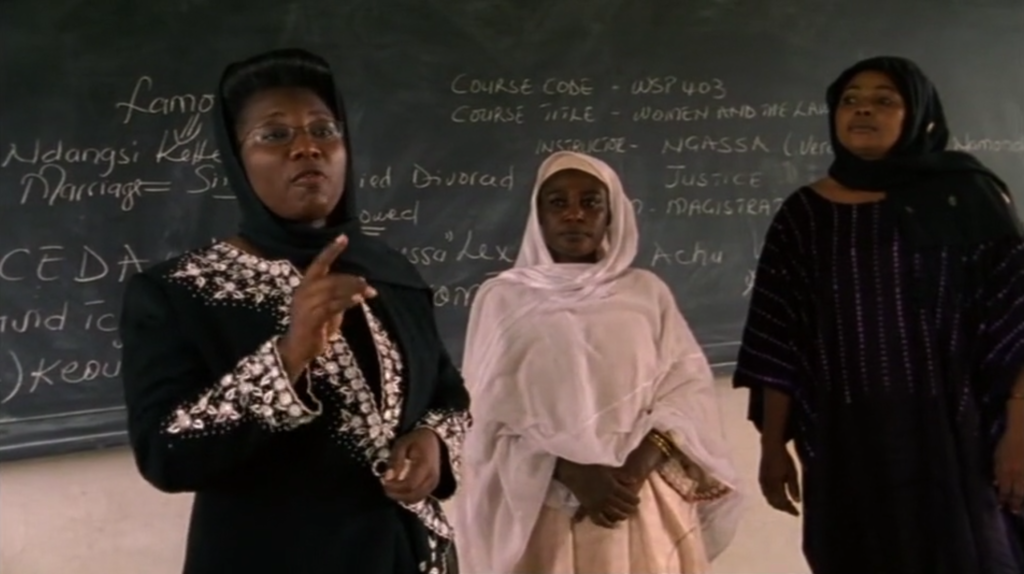
Men: Men in Sisters in Law are portrayed as ignorant to the damage they cause towards women, an example being the defence lawyer laughing at the abuse victim not understanding the seriousness of the situation.
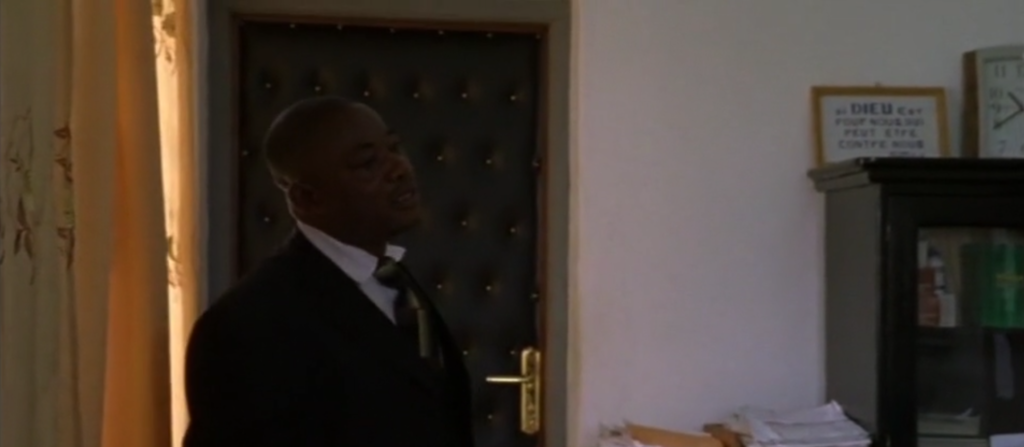
Children: Children are shown as victims in the documentary with the worst of the abuse being inflicted on them usually being physical. An example being Manka who was beaten and neglected.

Muslim people: Muslims are presented as being retrained by their religion within the documentary. An example being the women who is unable to leave her house without her husbands permission due to an Islamic law. This shows how one cause of the abuse on Cameroon is the presence of religion.
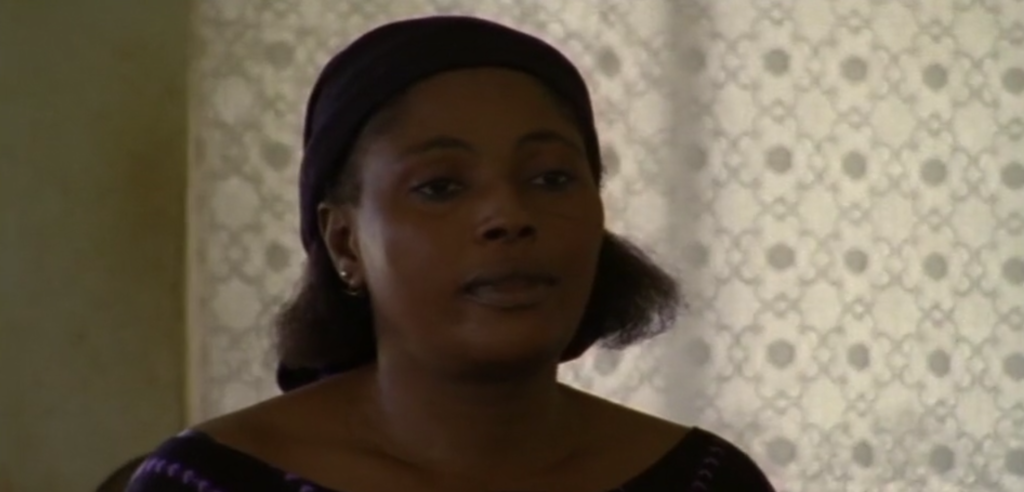
Modern surrealist films

Black mirror season 3 episode 2, shows horror surrealist imagery getting more disturbing as the episode progresses.
